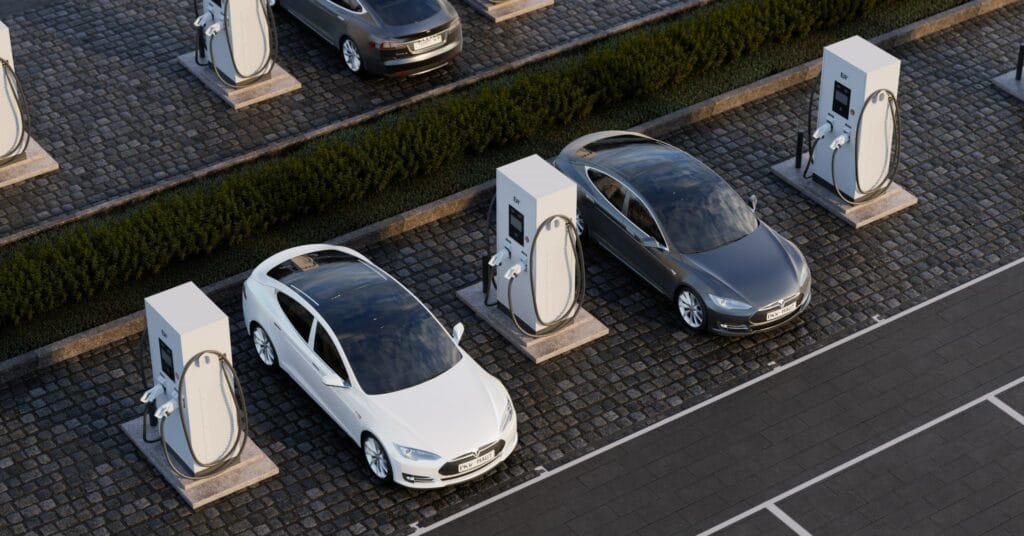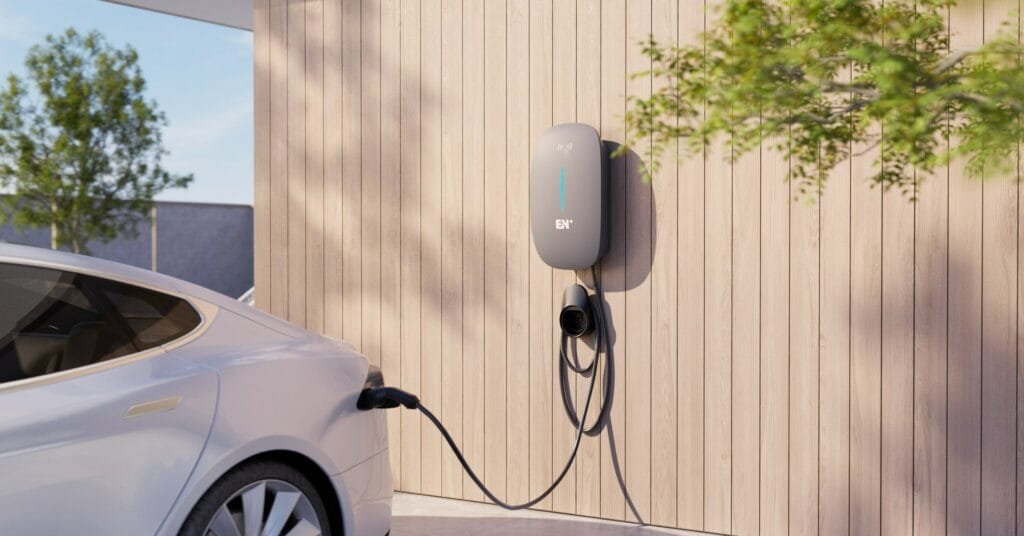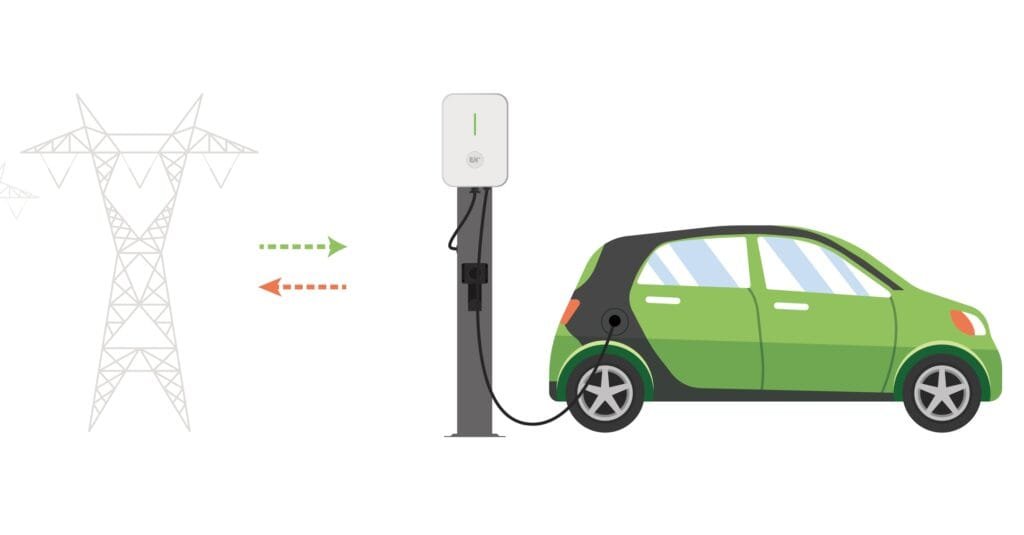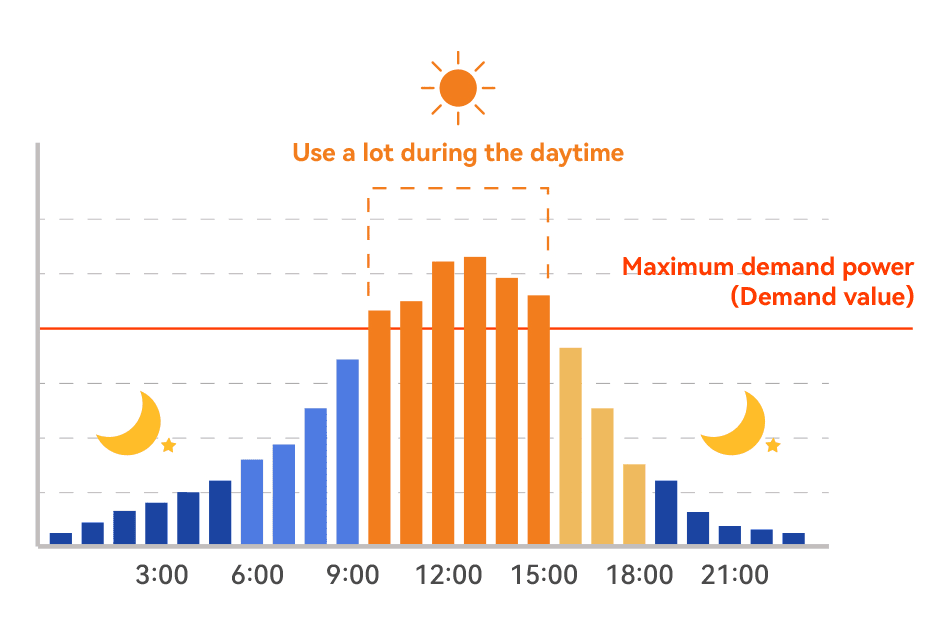As electric vehicles (EVs) become increasingly popular, the demand for EV charging stations is on the rise. Workplaces are a key location for installing these chargers, offering numerous benefits for both employees and employers. Understanding the critical aspects of installing EV chargers at workplaces is essential for a successful and efficient implementation. This article delves into the myriad considerations businesses must take into account to facilitate this transition.
1. What is your EV charging plan?
When shaping your EV charging plan, it’s crucial to align it with your broader business strategy for coherence and effectiveness. First, decide if the plan is exclusive to employees. If your goal is to benefit your staff, prioritize their convenience and satisfaction by installing chargers in accessible locations and possibly offering subsidized or free charging. This enhances employee benefits, fostering loyalty and appreciation.
If generating revenue is part of your strategy, a different approach is needed. Establish a tiered pricing system for various user groups: reduced rates for employees, moderate rates for visitors and clients, and standard commercial rates for the general public. This ensures you monetize the chargers while providing benefits to employees and maintaining fairness for all users.
These strategic decisions will significantly influence your infrastructure needs and pricing structures. Planning the number and placement of chargers, as well as determining the appropriate pricing model, will be guided by your EV charging plan’s specific goals. Whether aiming to enhance employee benefits or generate revenue, aligning your EV charging strategy with your overall business objectives is key to a successful and sustainable implementation.

1. What type of charging station do you need?
Charging speed is a critical factor when choosing a charger. Faster chargers cost more but are necessary for high-utilization scenarios, such as delivery fleets. Slower chargers may suffice for employee use during a standard workday.
Charging speed stands out as a critical consideration in EV charger selection. The choice between faster chargers, i.e. Direct Current (DC) chargers and slower chargers, i.e. Alternating Current (AC) chargers involves weighing the pros and cons:
DC Chargers
DC chargers are designed for high-speed charging, making them ideal for scenarios with heavy utilization, like delivery fleets. However, they come at a higher cost, both in terms of initial investment and potential infrastructure upgrades.

AC Chargers
Conversely, AC chargers offer a more cost-effective option and may suffice for employee use within a typical workday. While they provide a slower charging rate compared to DC fast chargers, they are often more suitable for workplaces with moderate charging demands and budget constraints.

The decision between DC and AC charging is contingent upon the unique requirements of your workplace, taking into account variables such as your fleet size, total budget, and preferred charging modes.
Case
One of our clients, operating a grocery store, has plans to offer EV charging services from two different perspectives. Firstly, they aim to provide charging as an employee benefit, rendering fast chargers unnecessary for this aspect. However, given the property’s location and the influx of customers visiting the store, along with a small fleet of vehicles needing charging, a mixed approach was recommended.
Considering such scenarios, we proposed a mixed charging solution that includes a combination of Level 2 AC chargers and a few DC chargers for expedited charging requirements.
Essentially, the choice comes down to evaluating the scale of your business. How many vehicles will be utilizing the chargers? In cases where you have a significant number of EVs but a limited number of charging units, investing in DC fast chargers can ensure that everyone has ample opportunity to charge during the workday.
It’s important to emphasize that the decision between fast or slow chargers isn’t binary. In specific situations, a hybrid approach encompassing both DC fast chargers and slower AC chargers to cater to diverse user needs may be the most effective strategy. For instance, you could deploy AC chargers to provide complimentary employee charging while reserving a few fast chargers for your commercial fleet or visitors.
3. Anticipate Future Charging Needs
With the rapid growth of EVs on the road, it’s imperative to consider how your charging requirements will evolve. Think about scalability, technological advancements, and shifting in charging expectations. For instance, as the integration of green energy, would you be interested in incorporating PV charging features? Additionally, you might explore methods to maximize your electricity utilization efficiency by implementing dynamic load balancing in EV charging systems. These forward-thinking approaches can not only align with evolving industry trends but also enhance the sustainability and cost-effectiveness of your charging infrastructure.

4. Consider a Charging Management System (CMS)
A CMS can unlock the full potential of your chargers. For instance, it can unlock valuable data regarding usage patterns and charging behaviors, enabling you to establish variable pricing during peak hours or apply distinct fees for visitors, employees, or clients. Furthermore, a CMS streamlines billing and payment processes, eliminating time-consuming and non-value-added tasks from your employees’ workflows. Additionally, a charging management system can optimize energy utilization by intelligently allocating available capacity through features like clustering and dynamic load balancing. This not only maximizes charger efficiency but also helps control costs by enhancing energy efficiency.

5. Address Location Restrictions and Regulations
When installing EV chargers at your workplace, it’s crucial to navigate location restrictions and adhere to relevant regulations. Start by understanding local zoning requirements, which dictate where you can place EV charging stations. Engage with local authorities to secure necessary permits and ensure compliance with building codes and safety standards. Additionally, assess the existing grid connections to determine if upgrades are required to support the added electrical load. Collaborating with utility companies can streamline this process and avoid potential pitfalls.
Early stakeholder engagement is vital. By involving key players such as property managers, local government, and utility providers from the beginning, you can prevent costly delays and unexpected obstacles. Proactively addressing these regulatory and logistical challenges will pave the way for a smooth and efficient EV charger installation process.
6. Explore Government Incentives
Many countries offer incentives for installing EV chargers, which can significantly reduce costs. Investigate available incentives in your region.
In the United States, for example, employers embarking on EV charger installations can avail of a 30 percent tax credit, capped at $30,000, to offset installation expenses.
Similarly, in the United Kingdom, the government covers up to 75% of the costs associated with purchasing and installing EV chargers.
Within the European Union, incentives for EV charger installations are accessible across almost all member states, ranging from one-time subsidies or grants to tax refunds.
Capitalizing on these incentives can substantially mitigate the financial outlay for your workplace’s EV charging infrastructure.
7. Plan for Post-Purchase Maintenance
Planning for post-purchase maintenance of EV chargers is essential to ensure their longevity and reliability. Regular maintenance helps prevent unexpected breakdowns and extends the life of the charging equipment. Establish a maintenance schedule that includes periodic inspections, software updates, and cleaning of the charging units. Partner with a reliable service provider to handle repairs and technical issues promptly. Additionally, keep a log of maintenance activities and any issues encountered to track performance and identify recurring problems. Budgeting for ongoing maintenance costs is crucial to avoid financial surprises. By proactively maintaining your EV chargers, you ensure consistent availability and performance, thereby enhancing user satisfaction and protecting your investment.
Conclusion
The world is embracing electric mobility, and workplaces must adapt. By carefully considering these seven questions, you can make an informed decision about the right EV charging solution for your workplace. Whether you’re switching to EVs for your operations, employee satisfaction, or client services, understanding your facility’s needs is the key to a successful transition.


